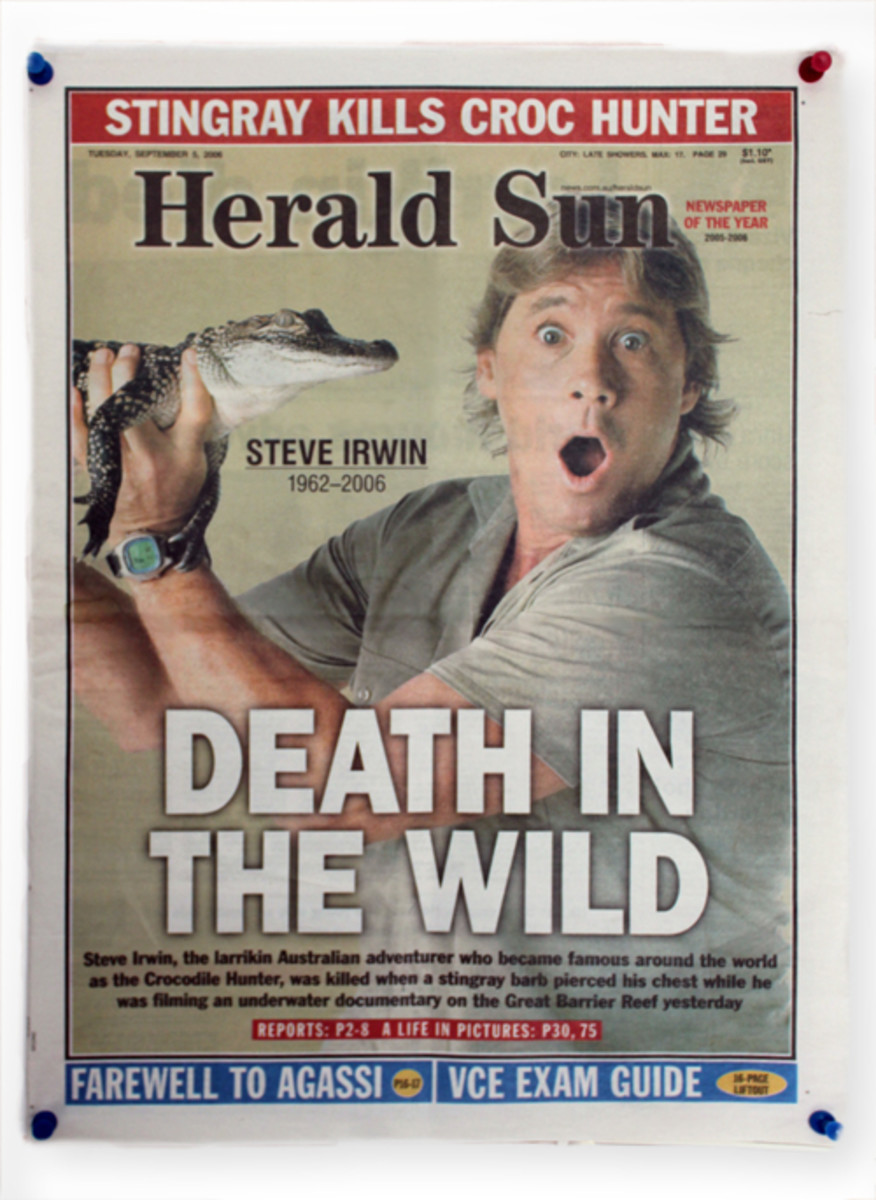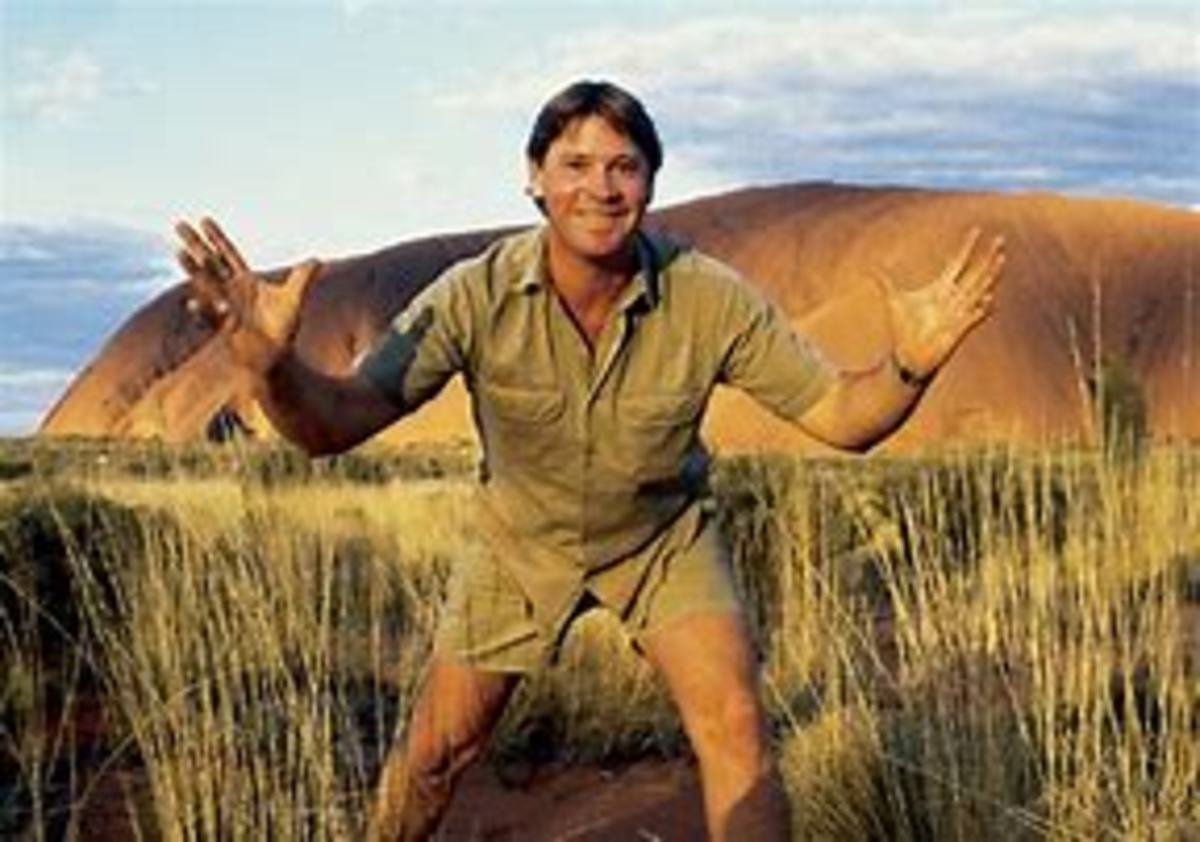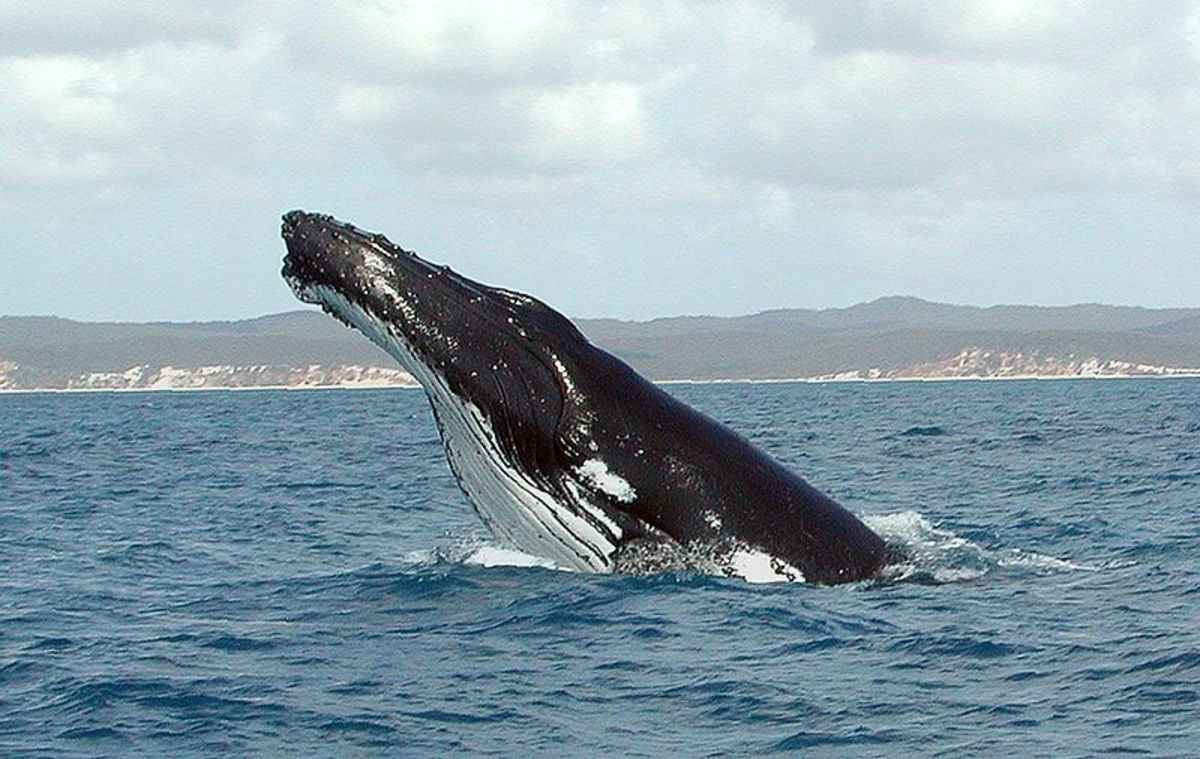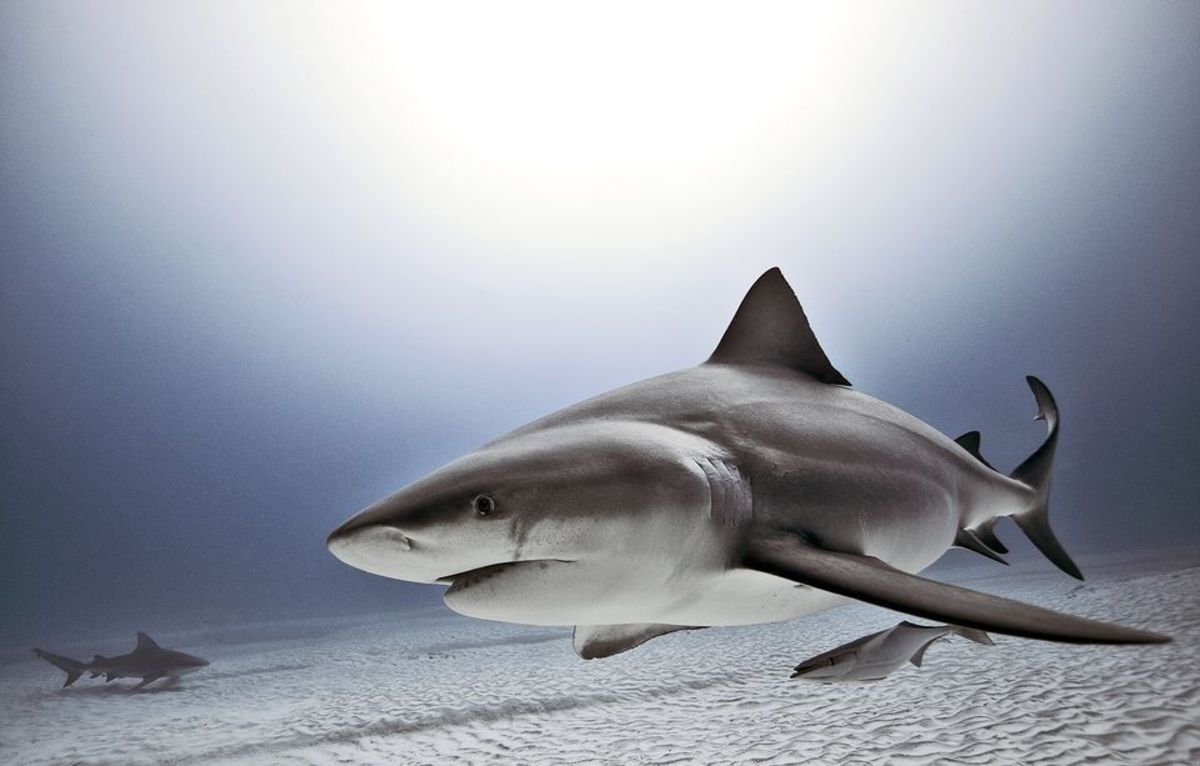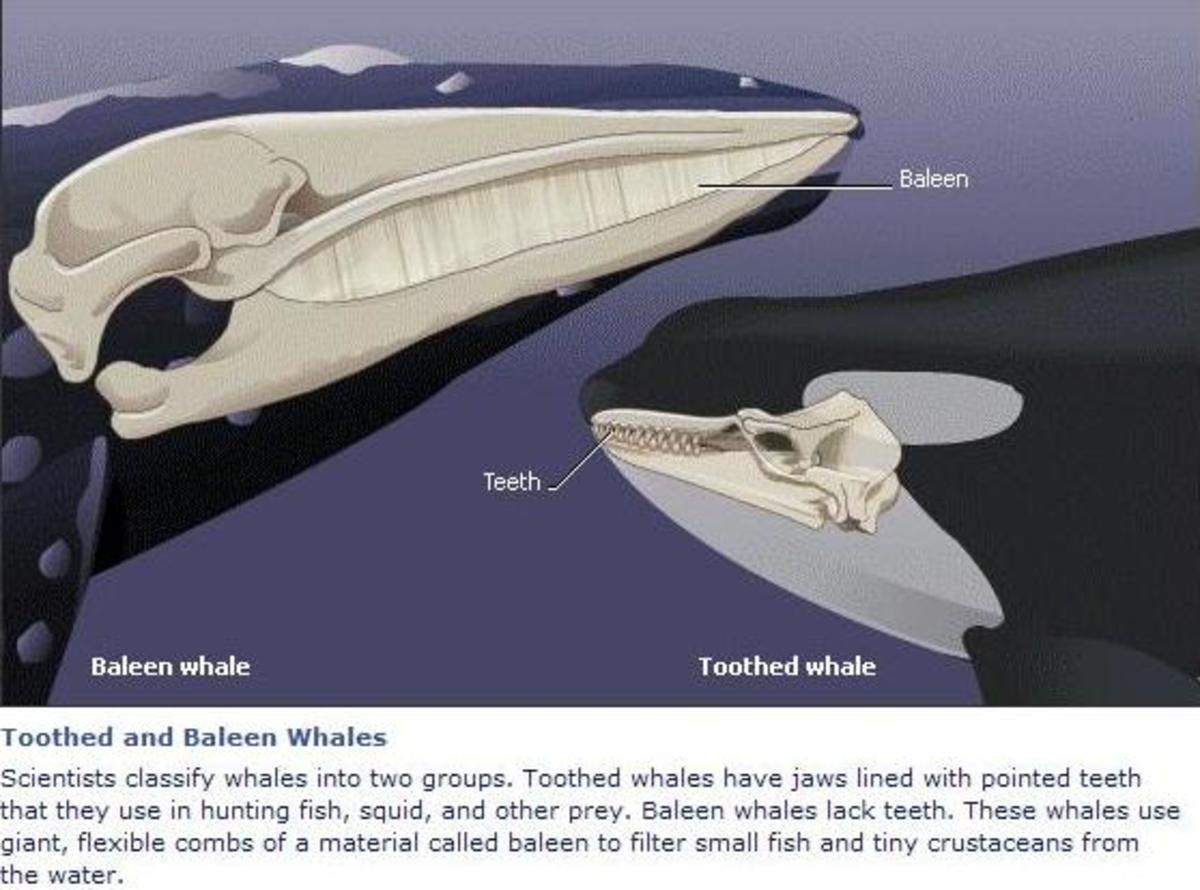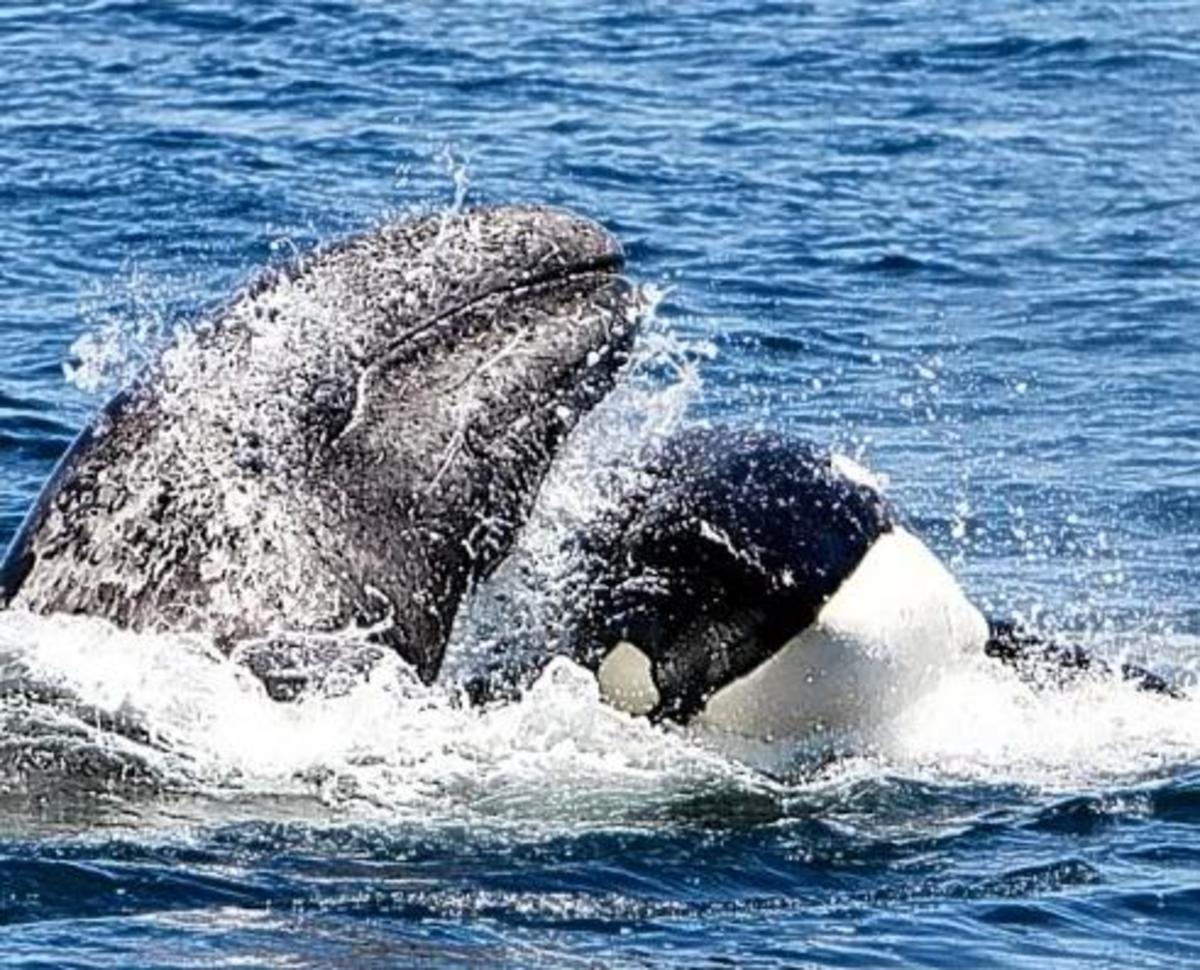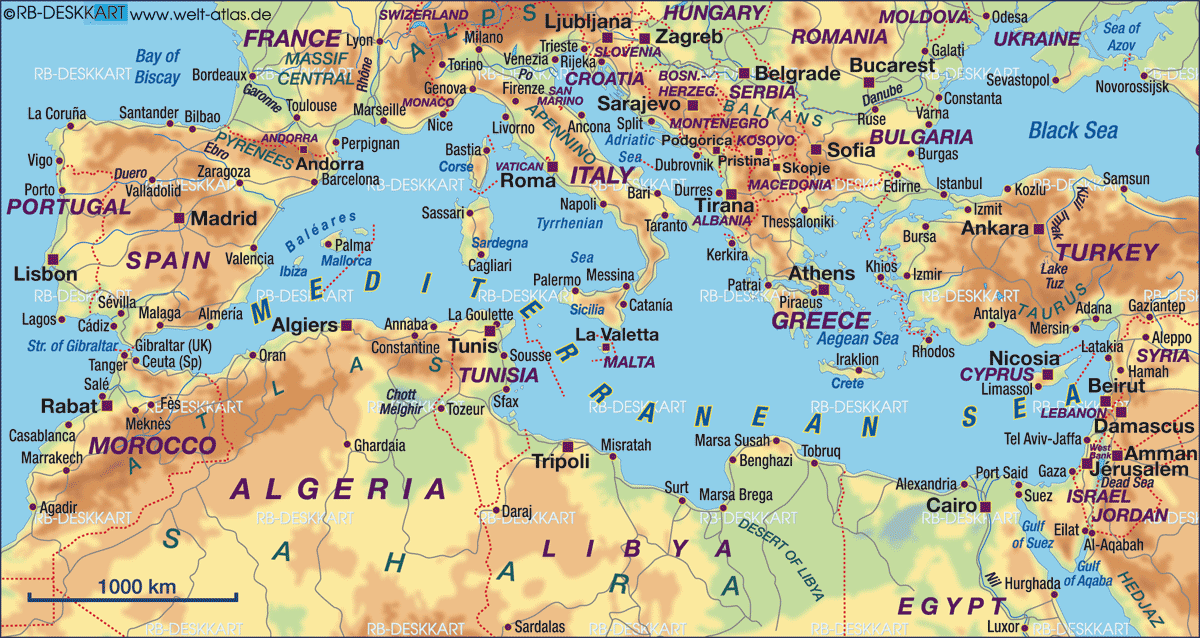- HubPages»
- Education and Science»
- Life Sciences»
- Marine Biology
Meet Crocodiles, Whales and Dolphins in Australia
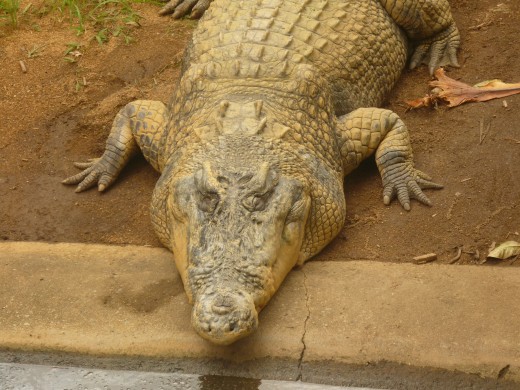
Where can you see whales, dolphins and crocodiles in the same country? Try Australia! Australia is a vast country and has many different habitats and climatic zones – from the tropical North down through arid, sandy deserts to the snowy peaks of the Australian Alps. All of these different environments support a vast array of unique animal and plant life, but some of the most fascinating creatures are found off the coast in Australia’s seas and in her rivers and billabongs. Australia offers a unique opportunity to get up close and personal with some of the largest aquatic animals on the planet; whales, saltwater crocodiles, freshwater crocodiles and dolphins. You can view them close up in their own environments, learn about their evolution and daily life, the challenges of conserving these unique and fascinating creatures, and in the case of the dolphins there are many spots around the Australian coast where you can get into the ocean and swim with the dolphins in their own world.
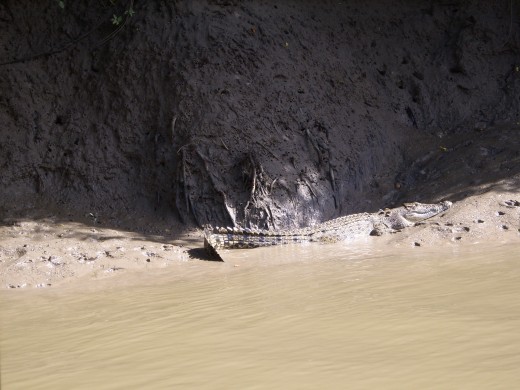
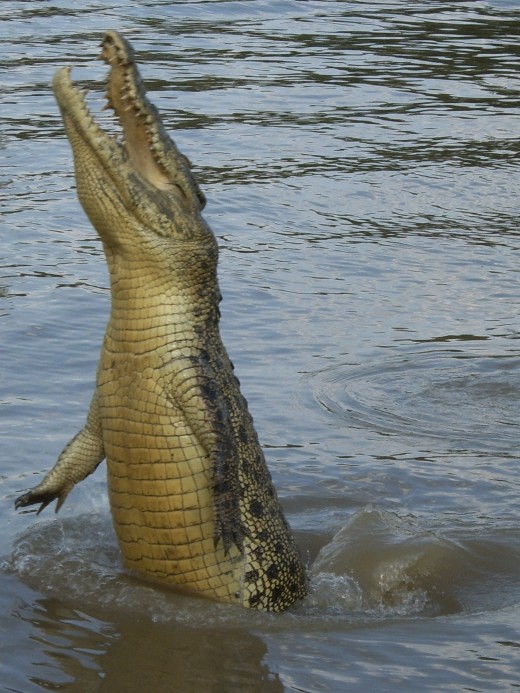
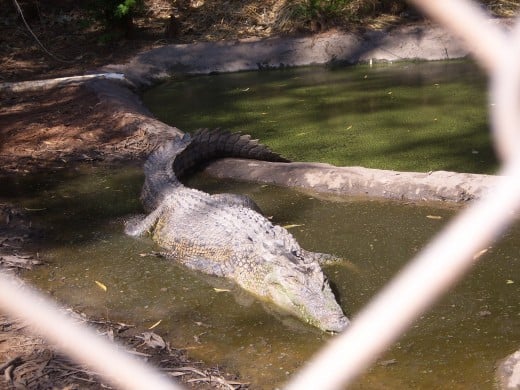
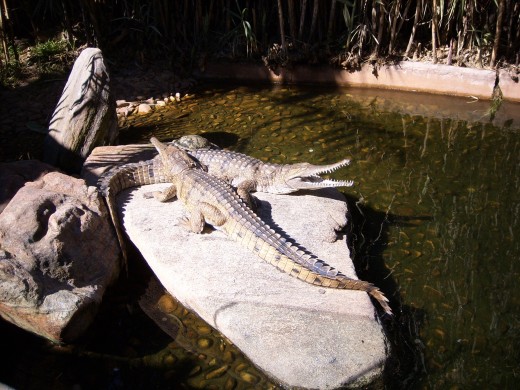
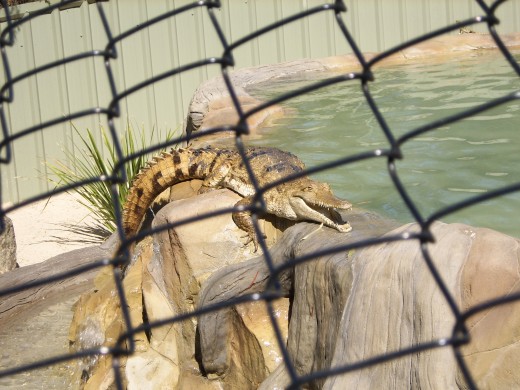
Saltwater Crocodiles or 'Salties'
One of the best known and iconic of Australia’s marine and river creatures is the saltwater or estuarine crocodile. Made famous by films and television programmes such as ‘Crocodile Dundee’ and the late Steve Irwin’s ‘Crocodile Hunter’, it is the largest of the crocodile species. Their Latin name is ‘Crocodylus Porosus’ and they are also known as ‘Salties’.
In Australia they are found all the way from Broome in Western Australia, through the Northern Territory where they are particularly plentiful in the river systems and estuaries around Darwin, down the Queensland coast to Rockhampton. They like living in freshwater swamps and rivers in the wet season, moving downstream to estuaries and the open sea in the dry, and are capable of swimming far out to sea. They also like rivers lined with mangroves, and can be seen basking on the mud slopes and flats.
Saltwater crocodiles are reptiles and cold blooded. They have very small brains and most of their behaviour is purely instinctual. An average sized male saltie is about 5 metres long and the females are a bit smaller. They are very territorial creatures, and salties that have been moved out of their areas have sometimes covered great distances to get back to them. They are opportunistic and ambush predators, lurking in the shallows until a prey animal comes close enough to lunge for and grab. The prey is then dragged back into the water and either is killed by the huge reptile's powerful jaws or by being drowned. It will then ‘roll’ its prey in the water to kill it and this also helps to rip the animal apart. What makes them so dangerous is the power of their jaws, as they are capable of closing them shut with a force of almost two tons. Not something you want to find yourself between! Crocodiles do not distinguish between humans and other animals, so fatal attacks do unfortunately occur, usually because people do not take the local advice they are given,fail to heed warning signs or behave recklessly in crocodile infested areas.
The safest way to view crocodiles in the wild is to take an organised cruise or visit a wildlife park or crocodile farm. In Queensland there are cruises on the Proserpine River and the Daintree, and crocodiles can be seen at Steve Irwin’s Australia Zoo, Cairns Tropical Zoo, the Cairns Crocodile Farm, Hartley’s Creek Crocodile Farm, and Johnstone River Crocodile Farm. There is even a saltie in the Cairns Wildlife Dome!
In the Northern Territory, there are the famous ‘Jumping Croc’ tours on the Adelaide River, where lumps of meat are dangled high above the water and the crocodiles will ‘jump’ for it; lifting their whole bodies out of the water! In Broome there is the Malcolm Douglas Crocodile Park, where crocodiles that have been caught, maybe because they have been causing a problem, have been relocated.
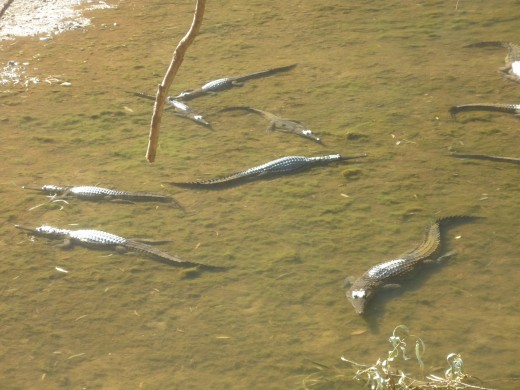
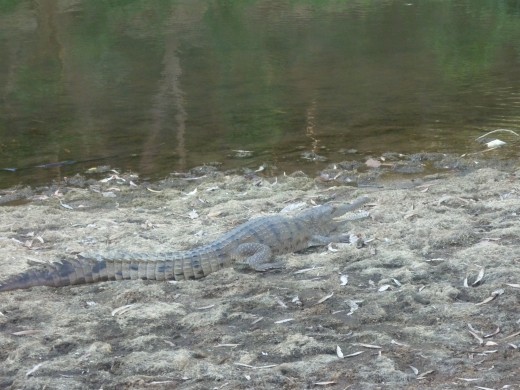
Freshwater Crocodiles
Australia also has a large population of freshwater crocodiles, although this has been dropping since the invasion of the cane toads, which are poisonous to them. Its Latin name is Crocodylus Johnstoni, and is also known as Johnston’s Crocodile or ‘freshies’. It is much smaller than it’s saltwater cousin, is not known to attack humans, and can be seen basking in groups on riverbanks and by billabongs. Like the salties, it is also distributed throughout Northern Australia. The best way to see them is to take a cruise or walk the gorges that have rock pools and rivers. There is a large population in Lake Argyle, and the Ord River near Kununurra in the Kimberley. Interestingly, along the Ord River, the pelicans roost in a tree which is very unusual behaviour for this bird species, because of predation by freshwater crocodiles.
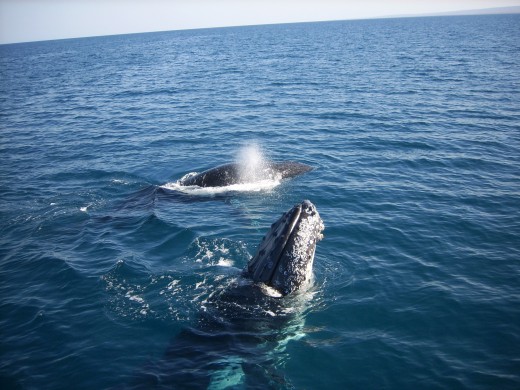
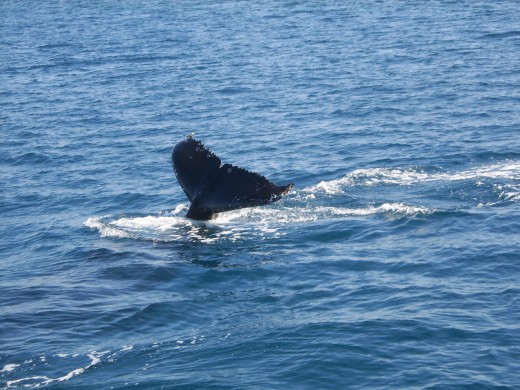
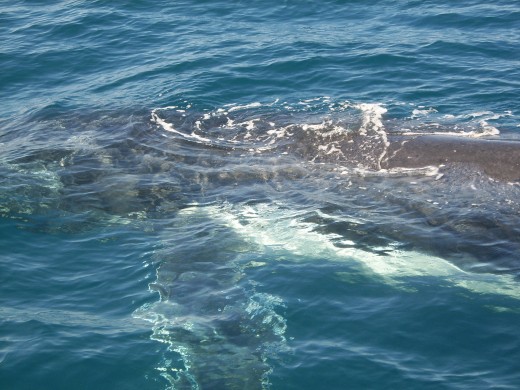
Humpback Whales
If you like going out on the sea, one of the most interesting things you can do when it is the right season is Whale Watching. The humpback whales, or Megaptera novaeangliae, feed in the cold, polar waters in the summer and migrate up to 25,000 kilometers a year to breed in the warmer tropical or sub-tropical waters. They are warm-blooded mammals, who breathe oxygen and give birth to live young known as ‘calves’. They are very acrobatic, and breach the surface of the water and slap the water. The males ‘sing’ a very complex whale song, which can go on for between ten and twenty minutes, and can be repeated for hours at a time.
Humpbacks are baleen whales and have baleen plates rather than teeth for filtering their food from the water. Incredibly for such a large animal, their diets consist of krill (a shrimp-like marine invertebrate) and small fish.
Humpback whales can be watched off both the Western and Eastern coasts of Australia. Hervey Bay is one of the better known whale watching centres on the East coast, and there are a variety of whale watching tours on offer. The humpbacks arrive in Hervey Bay in July and can be seen until November, when they return to the Southern Ocean to feed. In Western Australia, a major centre for whale watching is Exmouth and the adjoining Ningaloo Reef. Again the whales arrive in June and can be seen until November. There are many tours that you can take, and some you can combine with swimming with manta rays or snorkeling on the reef.
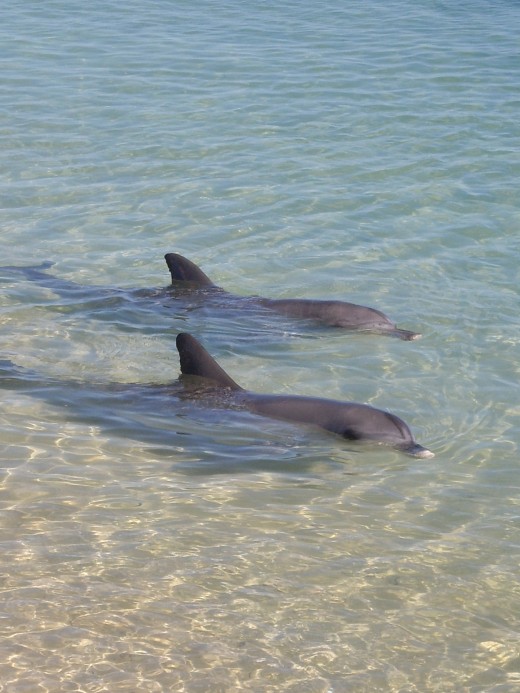
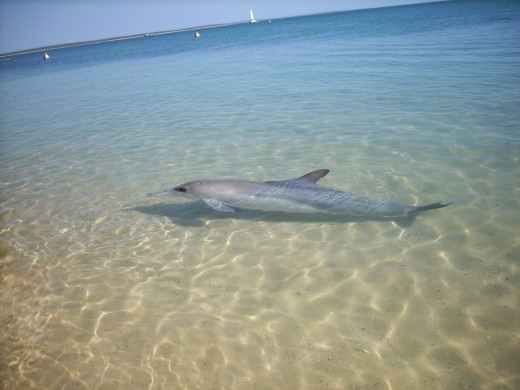
Dolphins
Dolphins are warm-blooded mammals, which breathe air and give birth to live young. They are social animals and live in groups of about fifteen individuals called ‘pods’. Dolphins are carnivores and eat mainly squid and fish. They search for their prey by echolocation which is a bit like sonar. They make clicking sounds and listen for the return echo to tell them the location and shape of nearby prey. There are thirty three species of dolphin and many of them live around the coast of Australia.
Dolphins can be seen all around the Australian coast and can be seen from the shore, or on dolphin watching cruises or on special tours when you can swim with them. You can see dolphins swimming in the Swan River in Perth, WA, swim with them in Port Phillip Bay, Bunbury, and Adelaide. If you do not like going on or in the water, the place to see dolphins is Monkey Mia in Western Australia. The dolphins visit the beach here nearly every morning; there have only been four occasions in the last five years when they haven’t made an appearance. Monkey Mia is one of the world’s leading research sites for bottlenose dolphin behavior, and there is public feeding program, where five selected dolphins are fed every morning. The dolphins swim in really close to the shore, and if you are really lucky you will be selected by one of the research team to feed them a fish!
So good luck on your travels around the amazing country that is Australia and I hope that you get to see many crocodiles, dolphins and whales at home in their own environment. However, it is important that you remember that you are stepping into their world. Saltwater crocodiles especially are very dangerous animals, so follow all the signs and listen to what the locals say. Also, respect the environment that these unique and amazing creatures live in. Do not leave any litter, do anything to pollute the water or destroy their habitat and do not go too close as to startle them or upset them in any way. It is our privilege to share our planet with these mighty beasts, so enjoy interacting with them with respect.
Copyright 2009 CMHypno on HubPages
All Images My Own




